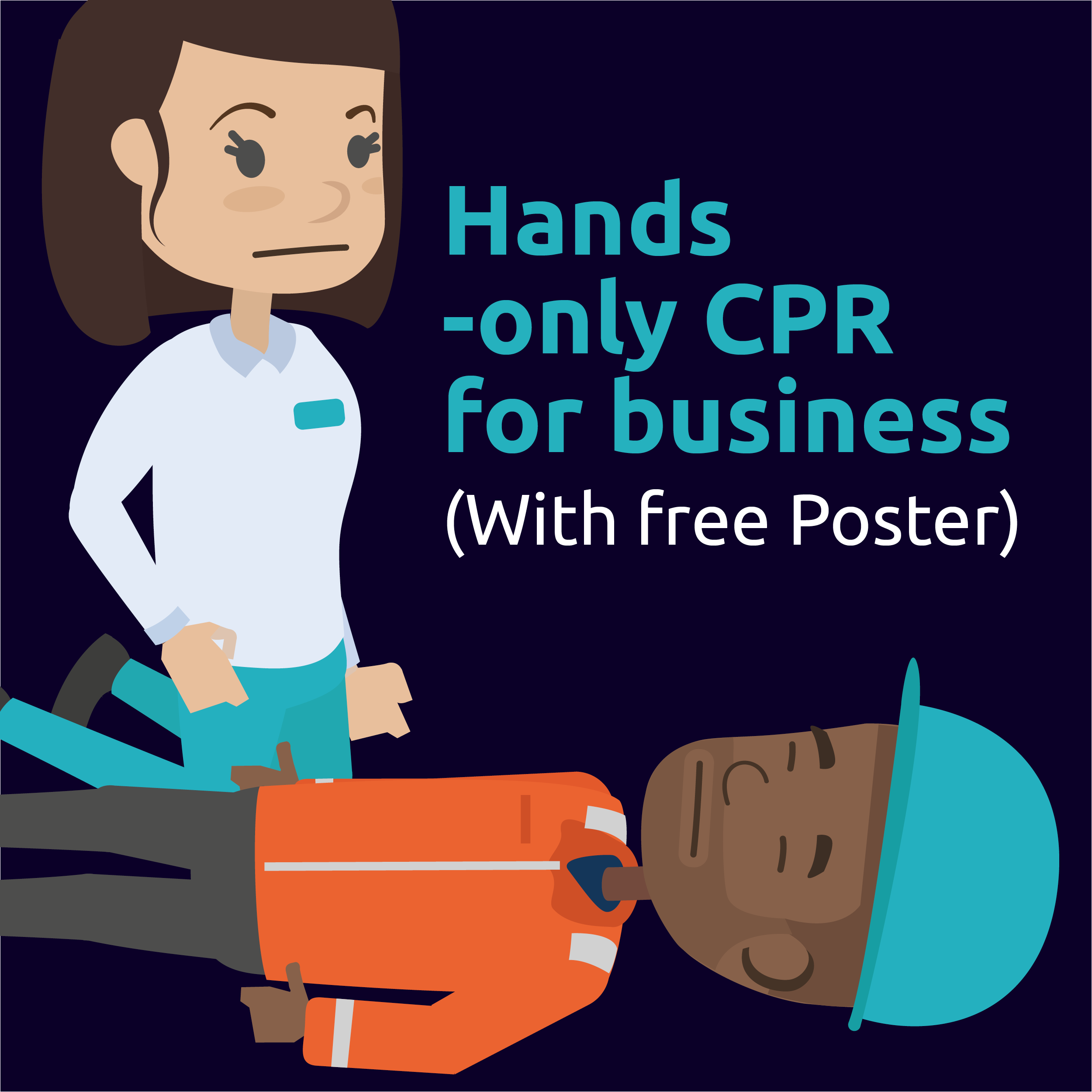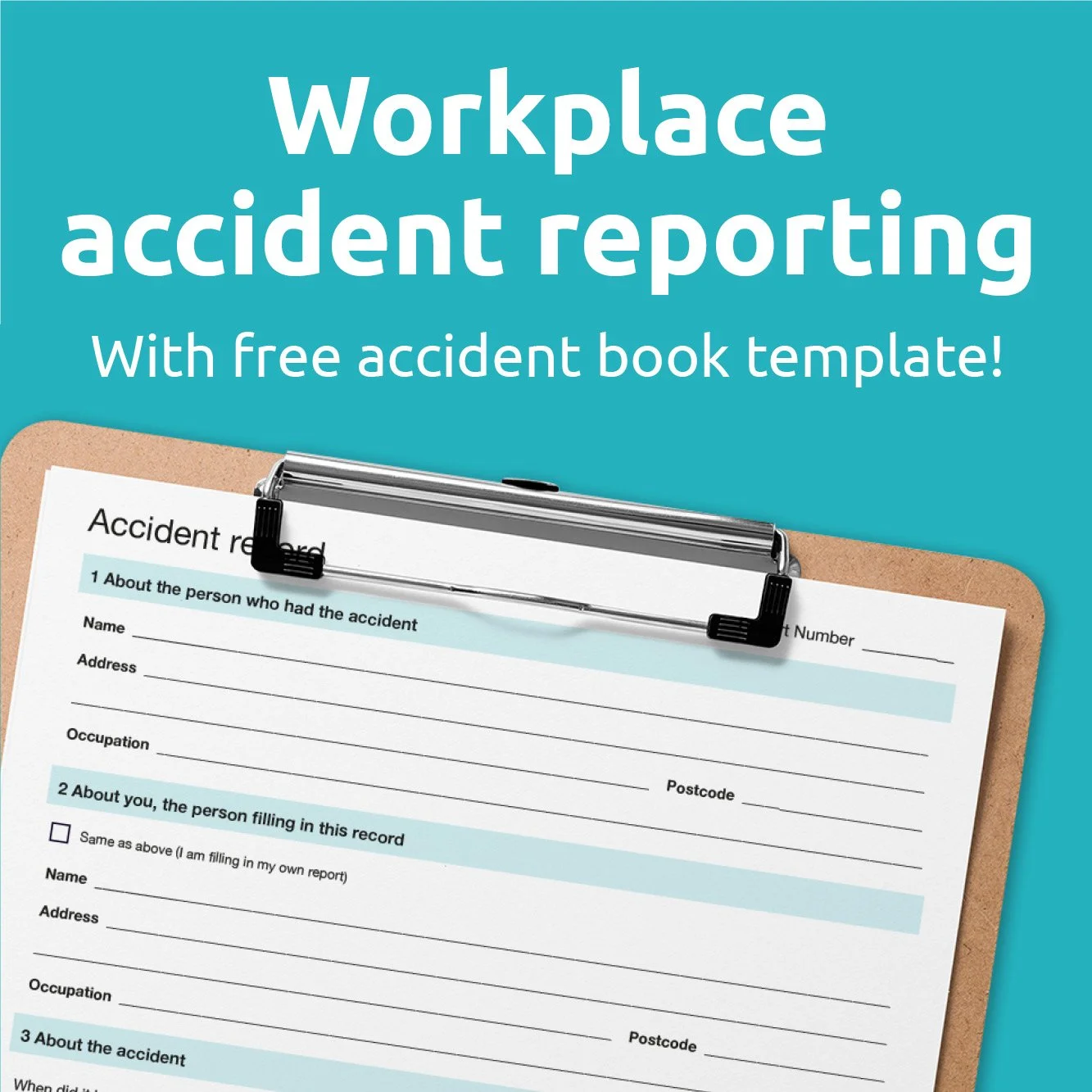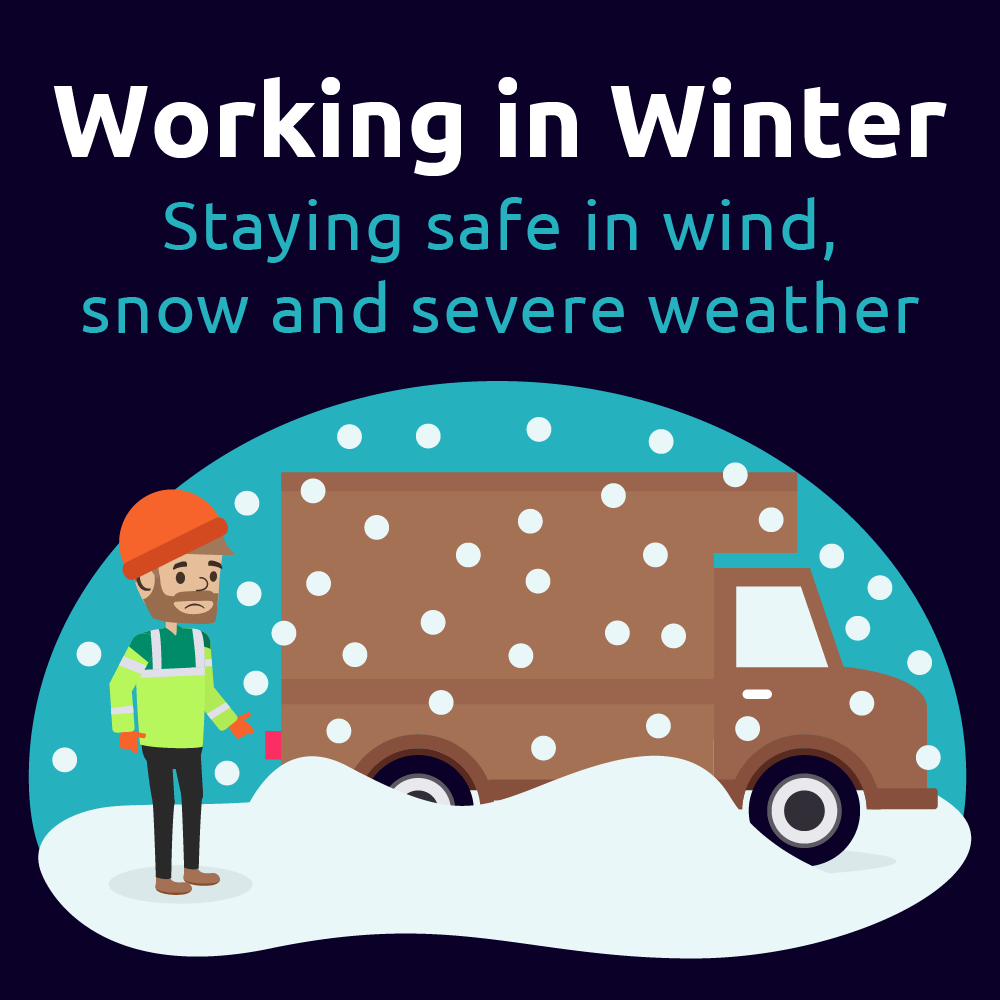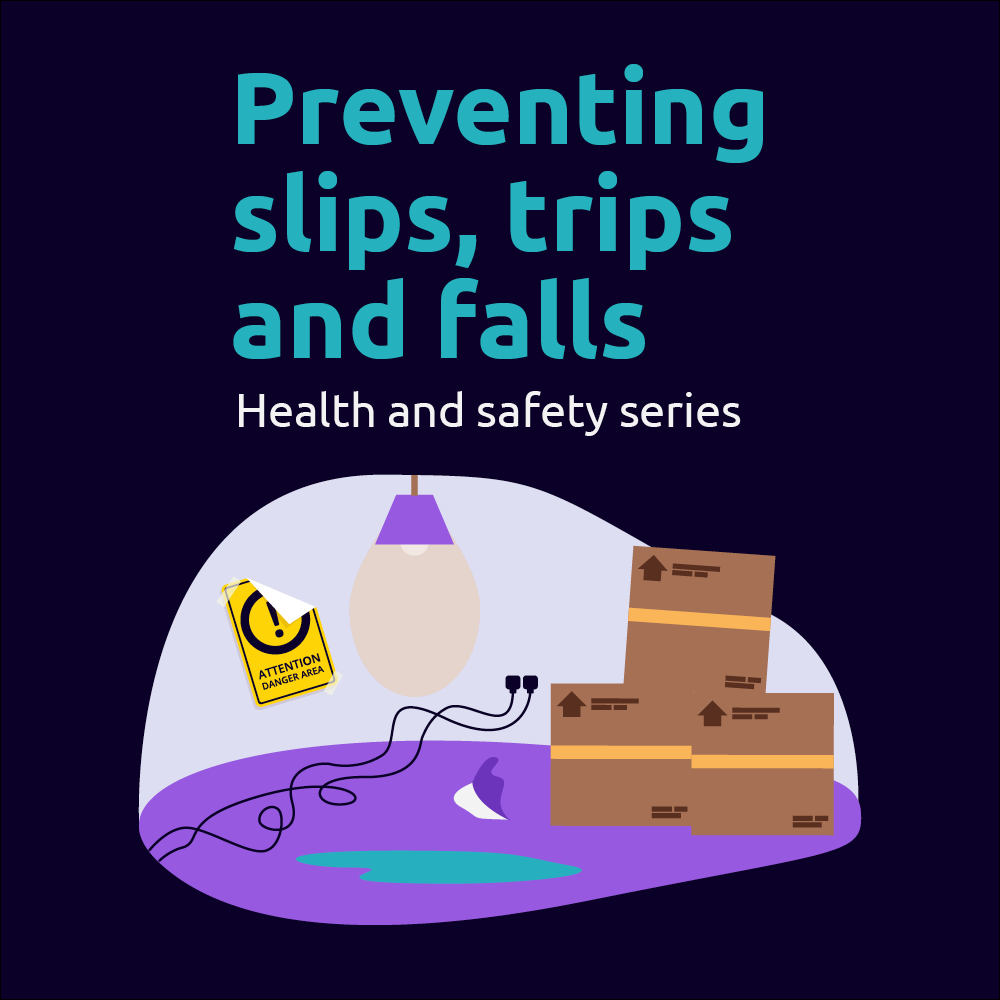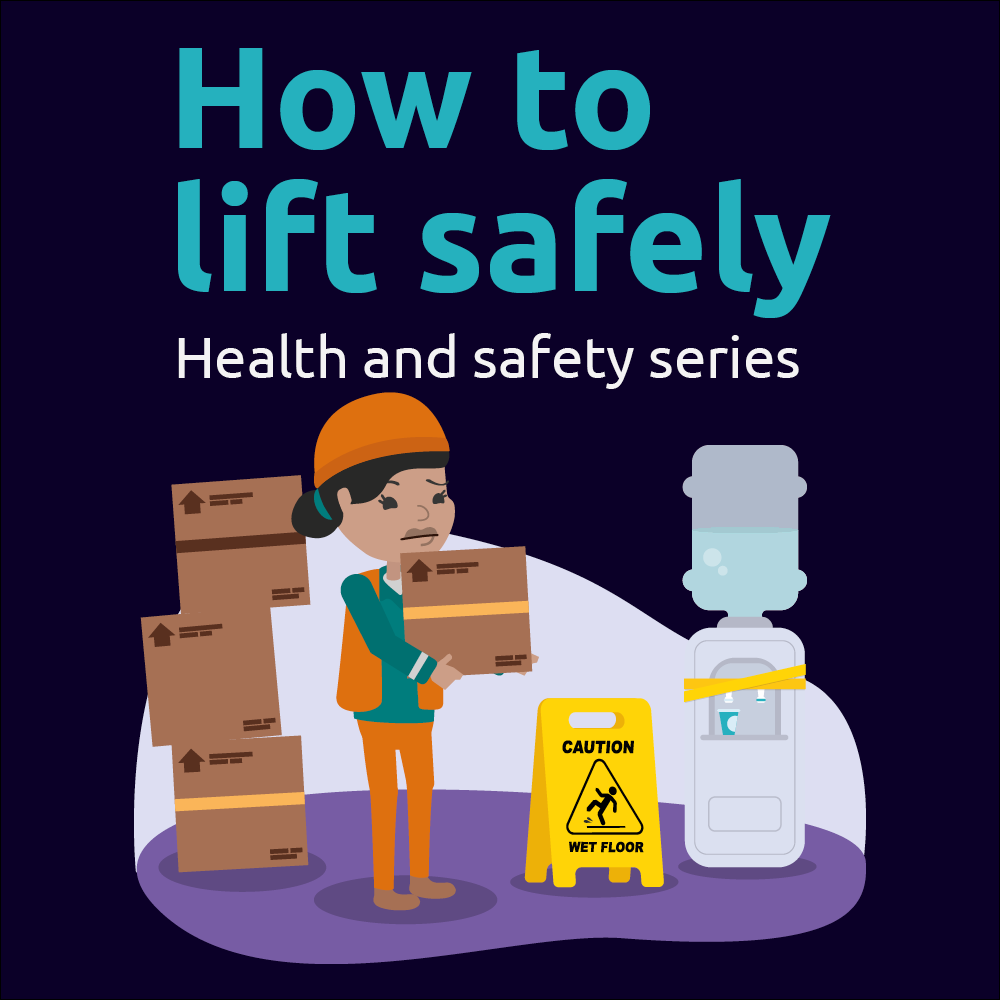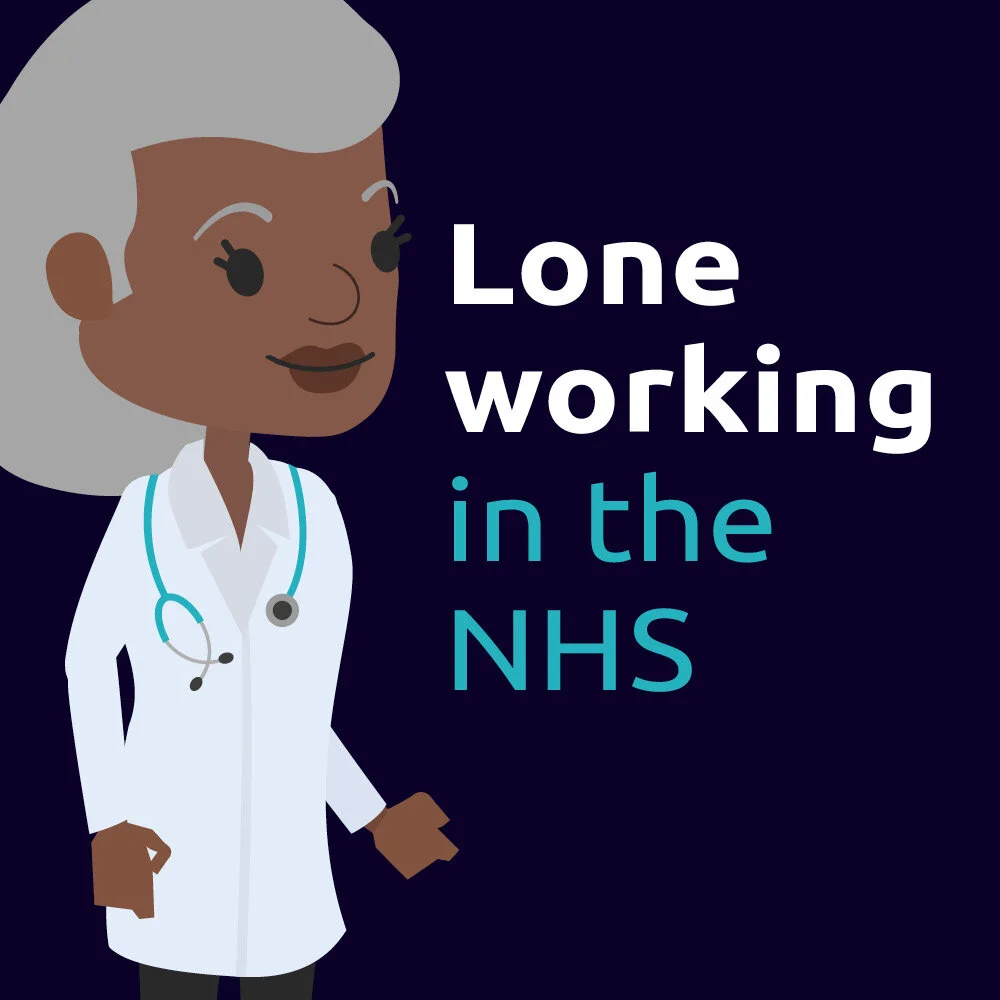Safepoint not only provides the most advanced lone worker solutions on the market, we also are focused on making businesses more productive, while making life easier for remote and flexible workers.
Read MoreDue to its simplicity, hands-only CPR is encouraged by groups such as the British Heart Foundation as an easier way for untrained bystanders to perform CPR.
Read MorePPE (Personal Protective Equipment) is equipment provided by an employer to help protect their staff from workplace hazards…
Read MoreIn this article, we’ll look at some of the fundamental risks associated with the aviation industry, how risks are changing, and how these tie in to lone working.
Read MoreHealth and safety law says ladders can be a sensible and practical option for low-risk, short-duration tasks, although they should not automatically be your first choice for working at height.
Read MoreFor those that work in these higher-risk roles, periodic check calls can provide a simple and cheap method for checking in with staff but are there downsides?…
Read MoreOrganisations with more than 10 employees must have an accident book. This may be a physical book or a digital system, but it needs to be secure and confidential.
Read MoreThere are no hard and fast rules on which lone workers do and do not need an alarm, however, organisations do have legal a duty to find a lone working solution appropriate to their workers’ level of risk.
Read MoreWhether within the school grounds, in the community, on a school trip, or even while working at home, the safety of those working alone (lone workers) must be specifically addressed within your school’s risk assessment.
Read MoreFor those working outside, at heights or on the road, autumn and winter can bring a higher risk of injury. With the colder weather comes a number of risks…
Read MoreLone worker alarms –provided through standalone devices, Bluetooth buttons and bespoke apps– make it simple for at-risk workers to get the help they need, wherever they are.
Read MoreHowever, while working alone may be legal, for some roles it may not be appropriate or safe.
If a staff member is required to work alone, provisions must be made to keep them safe.
Read MoreFire safety is something every business should take seriously. In this article, we’ve compiled advice from respected sources to help you keep your employees and your business safe.
Read MoreSlips, trips and falls are some of the most common causes of in-work injury. In this article you will find some helpful tips that will help keep your team safe.
Read More‘Handling, lifting or carrying’ is the second-largest cause of injuries for UK workers (after slips, trips and falls). Injuries caused by ‘manual handling’ can lead to short and long term ill-health, as well as a loss of productivity.
Read MoreWe’ve provided this handy guide to health and safety. We’ll look at why health and safety is important, what the laws are, and what practical steps you need to take to keep your team safe.
Read MorePanic alarms can benefit any role in which someone works alone, with the public, or in a high-risk situation, who might need to call out for help
Read MoreThe NHS has many legitimate reasons for its staff to be working alone but, according to the Health and Safety Executive, while ‘Lone working does not always mean a higher risk of violence’, ‘it does make workers more vulnerable’.
Read MoreBS 8484:2016 is the British industry standard for providers of lone working safety services. BS 8484 accreditation shows consumers that an organisation has met the government’s strict standards.
Read MoreEnvironmental, conservation and land-based roles play an integral role in protecting, maintaining and promoting the natural world. While often desirable, there are many risks specific to this sector, particularly for lone workers
Read More


